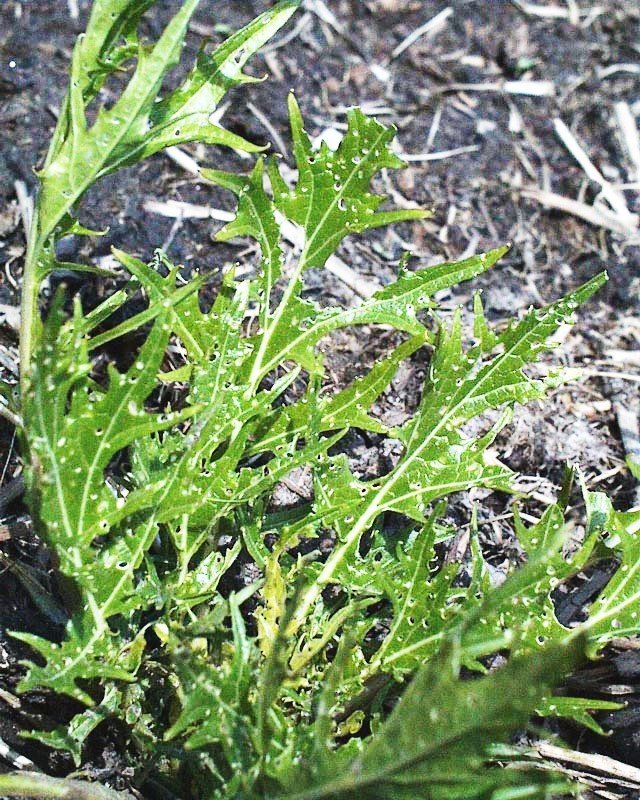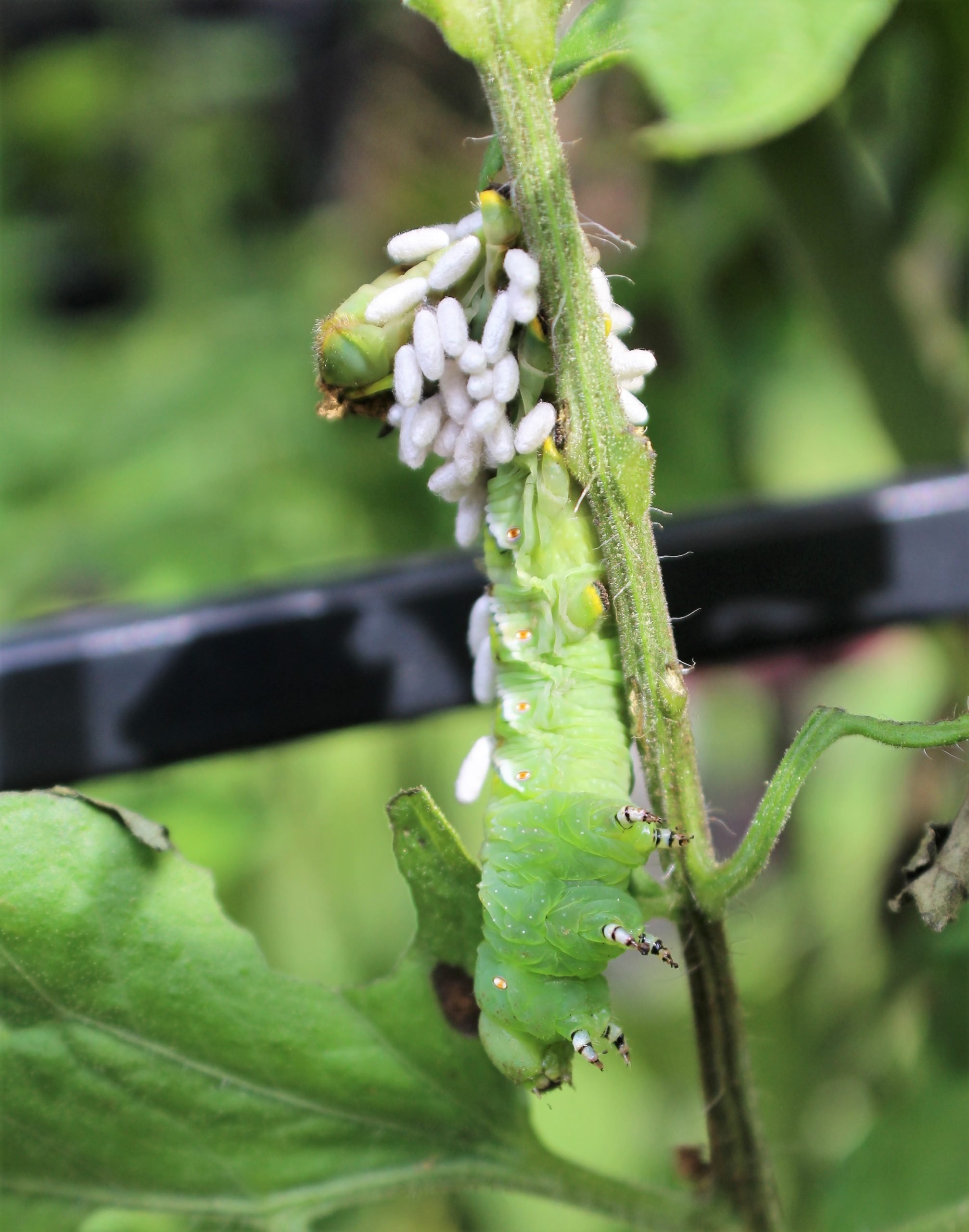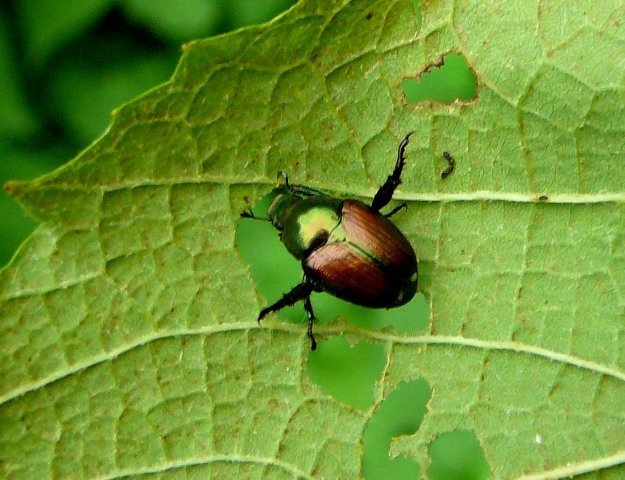Bugs in Your Garden: How to Identify Pests
Do you have bug problems in your garden? No need to be ashamed—we all do. We can stay ahead of the bugs and harvest excellent produce if we pay attention.
Is It Really a “Problem” Bug?
First, it’s essential to determine what the bug is and whether it’s a problem. None of us will ever have a perfect garden, nor should we want one. Can you live with some damage, and what really needs to be fixed?
Ladybug larvae on leaves
Check Out Your Garden Daily
Make it a habit to get into your garden frequently to observe. If you catch the problem early, chances are you can stop it. And check all the other plants around it to see if the problem has spread.
Correctly Identify the Bug
Make sure you correctly identify the insect. Treating while not knowing precisely what you are treating for wastes time and money and could harm the plant. If you don’t see a pest, don’t employ controls. And you don’t want to be picking off ladybug larvae even though they look fierce. They are—to aphids and whiteflies.
Determine Your Tolerance Level
Once you’ve identified the pest, consider your tolerance level. Some insects don’t do much harm to a plant. If using a control is necessary, try to choose the least disruptive method. Most of all, be patient to allow your control to work.
Here is a Typical Solution Sequence:
Identify the problem. Is it dust, or is it mites? Mexican bean beetle (harmful) or ladybug (beneficial). They look similar.
Prune out large populations of insects or damaged tissue.
Spray a strong stream of water on the upper and lower surfaces of the leaves to wash off insects. This works particularly well with aphids.
Remove insects physically - handpick and drop them in soapy water (or squish).
Apply horticultural oil or insecticidal soap to smother insects.
If all else fails, you may have to discard the plant. It hurts, but it is better than losing the entire crop.
Pests to Keep an Eye Out For
Here are some of the most pertinent pests to watch out for in midsummer. Although, as we all know, there are many, many more!
Flea Beetles
Small, shiny flea beetles jump when disturbed and damage crops by chewing small holes in foliage. Control them with floating row covers during seedling establishment sacrificial trap crops such as Chinese cabbage for mature plants.
Squash Vine Borers
Squash vine borers lay their eggs at the base of squash, gourds, and pumpkins. When the eggs hatch, the larvae tunnel through the stems, causing them to wilt and die. You can identify a borer’s presence by the frass (yes, caterpillar poop) on the stem. Slice the stem open carefully until you find the caterpillar. Dig it out and then bury the slit part of the stem. Beneficial parasitic nematodes or Bacillusthuringiensis can also be injected into the stem.
Japanese Beetles
Japanese beetles make quick lacy work of edible and ornamental plants. Go out in the cool morning when they are sluggish and handpick them. Drop them in a bucket of soapy water or squash them. Problem solved!
Tomato Hornworms
The tomato hornworm is a beast of a caterpillar that is hard to see. Stripped tomato leaves mean they’re around. If there’s only one, it usually doesn’t damage much and can be handpicked. If you see one adorned with white wasp cocoons hanging off of it, leave it alone. The caterpillar is no longer feeding, and the wasps will finish it off.
Cabbage Caterpillars
White cabbage butterflies are beautiful while flitting about the garden, but they can lay hundreds of eggs. The caterpillars feed on cabbage, broccoli, brussels sprouts, and kale. An organic gardener’s first line of defense is to spray Bt, Bacillus thuringiensis, a bacterium that infects the larva as they feed. Row covers can keep the butterflies from reaching the plant leaves to lay eggs.
Slugs
Slugs are insidious and not picky about which plants they feed on. Handpick in the early morning, move mulch away from plant crowns, line raised bed edges with copper stripping, or use an organic slug bait to keep them under control.





